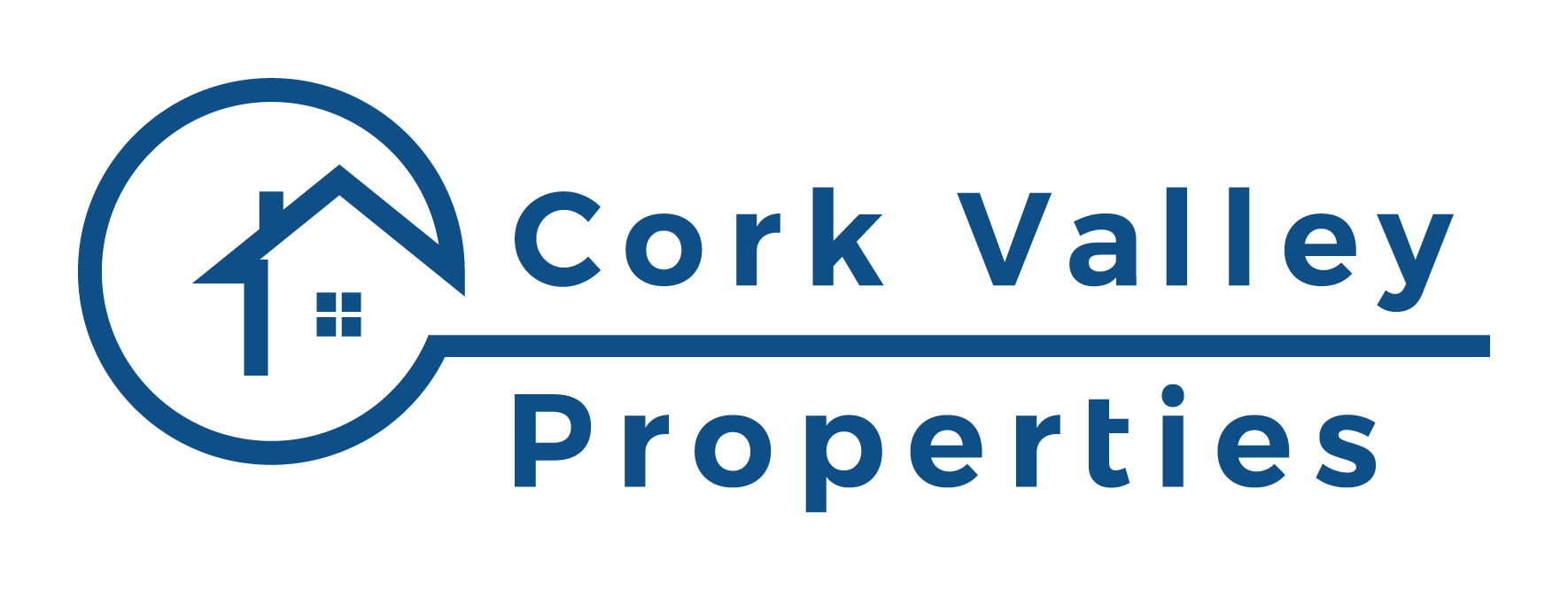What’s Included in Rent? Understanding Hidden Costs
When you’re searching for a new place to live, it’s easy to focus on the monthly rent price alone. But what’s included in that number—and what’s not—can make a big difference in your overall cost of living. Understanding what your rent actually covers (and the hidden costs that can sneak up on you) helps you budget wisely and avoid surprises later.
1. The Basics: What Rent Typically Covers
At its simplest, rent covers your right to live in the property and use its amenities. Beyond that, inclusions can vary widely depending on the type of rental and landlord. Some common items that may be included:
- Water, sewage, and trash – Often bundled in multi-unit buildings where utilities are shared.
- Heat or gas – Sometimes included in older buildings with central boilers or furnaces.
- Electricity – Less common, but occasionally included in smaller or all-inclusive units.
- Internet and cable – Increasingly offered as part of rent in modern apartments.
- Parking – May be included or charged separately depending on location.
- Appliances and maintenance – Use and repair of provided appliances (like stoves, refrigerators, or laundry units) are typically covered by the landlord.
2. What’s Usually Not Included
Unless stated otherwise, tenants are typically responsible for:
- Electric, gas, or heating fuel – Separate accounts in your name.
- Internet and streaming services
- Renters insurance – Protects your belongings, but often required by the lease.
- Pet fees or deposits
- Lawn care or snow removal – Sometimes tenant’s responsibility in single-family rentals.
- Parking permits or municipal trash fees
These costs can easily add up to $150–$300+ per month depending on the property and your usage.
3. The Hidden (and Overlooked) Costs
Even beyond utilities, there are other expenses that renters often overlook:
- Move-in fees or deposits – Security, pet, or key deposits can total several hundred dollars upfront.
- Application and screening fees – Usually non-refundable, even if you don’t get the unit.
- Maintenance responsibilities – Small upkeep like light bulbs, air filters, or clogged drains may fall on the tenant.
- Late payment penalties – Most leases outline fees for late rent or returned payments.
- Seasonal changes – Winter heating and summer cooling costs can swing your monthly expenses significantly.
4. How to Get a Clear Picture Before Signing
Before committing to a lease:
- Ask for an itemized breakdown of what’s included in rent.
- Request recent utility averages if utilities are paid separately.
- Review the lease carefully for maintenance and repair responsibilities.
- Budget for the “extras”—parking, internet, renters insurance, and seasonal utility spikes.
5. The Bottom Line
The monthly rent is only part of the story. A property with a higher rent but utilities included might actually cost less than one with a lower rent and multiple separate bills. The key is transparency—knowing exactly what you’re paying for and what you’re responsible for.
At Cork Valley Properties, we strive to make this clear from the start so tenants can plan with confidence and avoid unexpected expenses.
